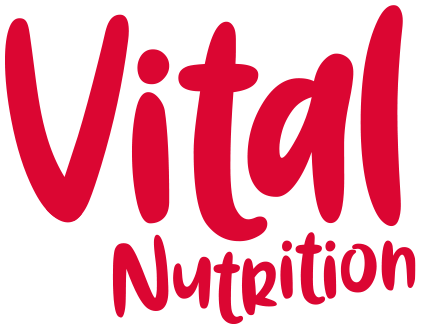Making sense of peri-menopause
It used to be a taboo subject. A dark and dirty secret that women never talked about. Thankfully times have changed and now society is more open about how the menopause affects women.
Thanks to the likes of Meg Matthews and Davina McCall, the menopause has become a hot topic. Something all women will experience at sometime in their lives.
The women I work with tend to be at the peri-menopause stage. This can be ten years before our periods stop, but weird things are starting to happen to our bodies. From joint pain to mood swings, unexplained weight gain to changes in our skin, peri-menopause can be tricky to navigate without the help of some good friends and decent, sound advice.
I have seen a lot of B.S written about diet and peri-menopause, so I am on a mission to help women to help themselves.
What can you do to help yourself?
Every woman is different. Some will sail through the perimenopause years without too much trouble, but for others the effects can have a devastating effect on her life – at home, in work, her social life, and relationships.
We do not have to suffer like this. There’s so much that you can do to help yourself.
Of course, my focus is how diet and lifestyle can help women help themselves, so here are my five hot tips for female hormone balance:
1. Cut back on sugar
Sugar plays havoc with our hormones, so this is the first and most important change you can make to help strike a better balance. The changes in our hormones at peri-menopause mean we can’t handle sugar like we did in our 20s or 30s.
It;s far more likely to send your blood sugar into a spin or cravings and crashing energy levels, before ending up as weight around your middle.
Cut back little by little. Start of choosing lower sugar cereals, or eating one biscuit instead of two.
Be aware of hidden sugars in your diet. Keep an eye on labels and aim for 5g or less per 100g, taking care not to compensate for sugar with artificial sweeteners.
2 Eat some phytoestrogen-rich foods
Flaxseed and chickpeas are top of my list as hormone-balancing foods. They contain phytoestrogens, plant-based nutrients that have a gentle hormone balancing effect on female hormones that helps to bridge the gap for our changing oestrogen levels.
Get flaxseed into your diet every days and add pulses like chickpeas a few times a week for best results.
2. Eat enough fat
Hormones are made of fat (and protein) so eat healthy fats with most meals – nuts and seeds, oily fish, olive oil, avocado and coconut oil are my favourites.
Aim for oily fish (from sustainable sources) a few times a week and a handful of nuts of seeds every day.
Drizzle olive oil wherever you can - over cooked veggies or in salads.
3. Cut the caffeine
There is good evidence to show that caffeine can trigger hot flushes and anxiety, so cut back and see if you notice the difference.
4. Don’t skip meals
Eat at regular intervals – three meals a day to make sure you are well nourished. Skipping meals will trigger adrenalin and anxiety – so not a good idea.
Although intermittent fasting can be helpful, do not fast for longer than 14 hours overnight.
A time for change
The ‘change of life’ is time to focus on change. It can be an opportunity to focus on your health and wellbeing and make changes for the good of your health, that are also likely to help you manage symptoms better too.
Whether your focus is nutrition, slowing things down a little or exercising, lifestyle is an essential part of hormone balance.

